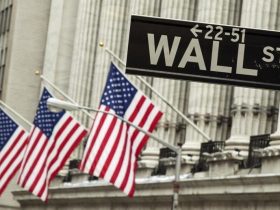US mortgage rates have reached a peak not seen in two decades, according to a recent survey conducted by the Mortgage Bankers Association (MBA). The 30-year fixed mortgage rate has escalated to 7.72%, surpassing levels recorded in November 2000. This surge is largely attributed to the Federal Reserve’s continuous rate hikes, which have also led to a considerable increase in monthly payments for homeowners.
The rate increases have pushed up monthly payments for a $400,000, 30-year mortgage by $1,000, consequently impacting affordability. This situation has resulted in a 5.7% decrease in home-purchase applications and a 6% dip in the Market Composite Index. Joel Kan of MBA has reported a historic low in the purchase market and an increase in adjustable-rate mortgage (ARM) loan applications due to these soaring interest rates.
In addition to mortgage rates, the 10-year US Treasury bond yield has also surged, reaching a high last seen in 2007 at 4.8%. This surge followed labor turnover data, thus fueling inflation concerns.
Despite strong consumer spending driven by the labor market, the combined effect of rising bond yields and home prices has made housing unprecedentedly unaffordable. As inflation looms, Fed officials indicate potential for another rate hike.
The Federal Reserve’s stance on future rate hikes remains unclear. The potential impact on homeownership rates is uncertain as well. Further clarity is anticipated from the Fed’s two remaining policy meetings for 2023.
This article was generated with the support of AI and reviewed by an editor. For more information see our T&C.
Read the full article here











Leave a Reply